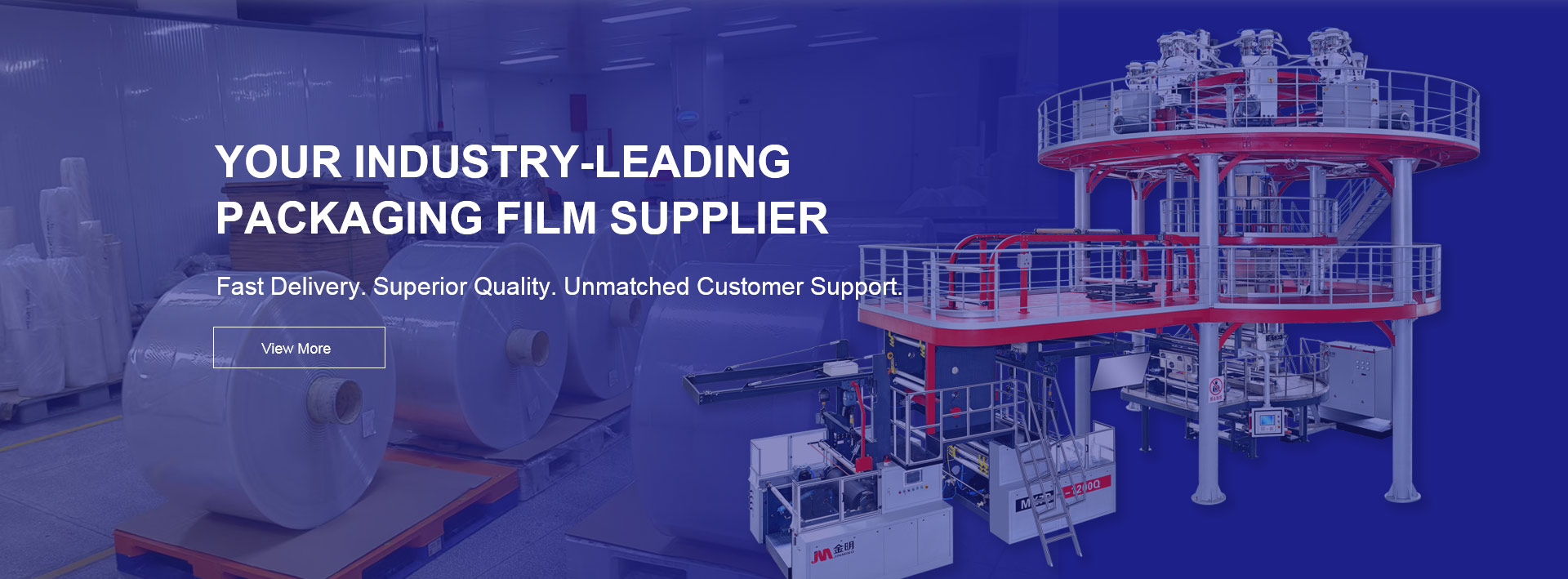
Understanding the role of an oxygen barrier in food films is essential for manufacturers, packers and brands that want to maintain product freshness, extend shelf life and protect quality during storage and shipping. Modern food packaging relies heavily on functional materials that can slow down oxygen transmission and prevent chemical deterioration. This article explains what an oxygen barrier is, how it works in food films, the factors that influence its performance and the benefits it brings to food preservation. It also offers insights to help businesses choose better packaging materials, including high-performance solutions supplied by manufacturers such as JINBORUN.
An oxygen barrier in food films refers to the material’s ability to resist the passage of oxygen molecules through its structure. When oxygen enters a package, it accelerates oxidation, changes color, alters aroma, reduces flavor quality and shortens the safe consumption period of the food. Films with a strong oxygen barrier can significantly slow down this process by controlling the oxygen transmission rate.
Food films achieve this effect through engineered polymer structures, coatings or multilayer laminations. These layers minimize molecular gaps and create a dense network that oxygen cannot easily pass through. As a result, foods remain stable for longer periods, especially in products sensitive to oxygen, such as coffee, snacks, sauces, dairy and meat products.
The barrier property is typically measured using the oxygen transmission rate. A lower value indicates better protection. Manufacturers often adjust film thickness, material composition and environmental controls to reach the desired performance level.
Different materials provide varying levels of oxygen resistance, and their selection depends on product type and storage conditions. Some common materials include:
| Material | Barrier Strength | Common Applications |
|---|---|---|
| EVOH | Very high | Meat packaging, retort pouches |
| PA | Medium to high | Vacuum bags, cheese packaging |
| PET | Medium | Snack packaging, lidding films |
| PVDC | High | Flexible pouches, wraps |
| Coated PE | Medium | Dry goods packaging |
High-barrier films often combine multiple layers to achieve a balance of strength, sealing performance and cost efficiency. For many food processors, multilayer solutions are the most effective way to obtain stable oxygen resistance.
The performance of an oxygen barrier in food films is influenced by several technical and environmental conditions. Temperature, humidity and mechanical stress all play central roles. Films exposed to elevated humidity may experience reduced barrier capabilities, especially materials like EVOH that absorb moisture. Higher temperatures accelerate molecular movement, which can increase oxygen permeability.
Mechanical properties also matter. If a film is prone to pinholes, punctures or stretching, even a strong barrier layer can lose effectiveness. Film thickness contributes to stability, but the barrier layer’s structural integrity is the most critical component. Package design, seal quality and storage conditions must all work together to maintain a uniform barrier throughout the product’s expected shelf life.
A strong oxygen barrier provides clear advantages for food safety, commercial value and supply chain efficiency. First, it slows oxidation and microbial growth, helping foods retain their original flavor, texture and appearance. Second, it supports long-distance transportation by preventing early spoilage. Third, a reliable barrier reduces the need for additional preservatives, allowing brands to position their products as cleaner and more natural.
For manufacturers selling premium or sensitive foods, oxygen barrier films can also reduce returns, limit waste and support stable retail performance. By maintaining product quality, brands strengthen their reputation and improve consumer satisfaction. Businesses seeking consistent barrier performance can consider high-quality packaging films from suppliers such as JINBORUN, which delivers engineered materials for food protection.
Choosing the right oxygen barrier involves evaluating product sensitivity, desired shelf life and the environmental conditions the packaged food will encounter. Products that change color or flavor easily require very high barrier materials, while dry items may need only moderate protection. Packagers should also assess heat resistance, sealing strength and compatibility with existing production equipment.
Film suppliers can help determine the correct structure, offering multilayer laminations designed for specific food types. Shelf-life targets should guide material selection, and oxygen transmission rate tests provide measurable criteria. Working with experienced manufacturers ensures that film performance aligns with regulatory standards and commercial needs.
Oxygen barrier in food films refers to the protective ability of packaging materials to prevent oxygen from entering and degrading food contents. Its effectiveness depends on material composition, structural design and environmental factors. A strong barrier helps maintain freshness, extend shelf life and protect the value of packed products throughout transportation and storage. For businesses seeking reliable, high-performance barrier films, collaborating with trusted suppliers such as JINBORUN can ensure consistent quality and competitive advantages in food packaging.